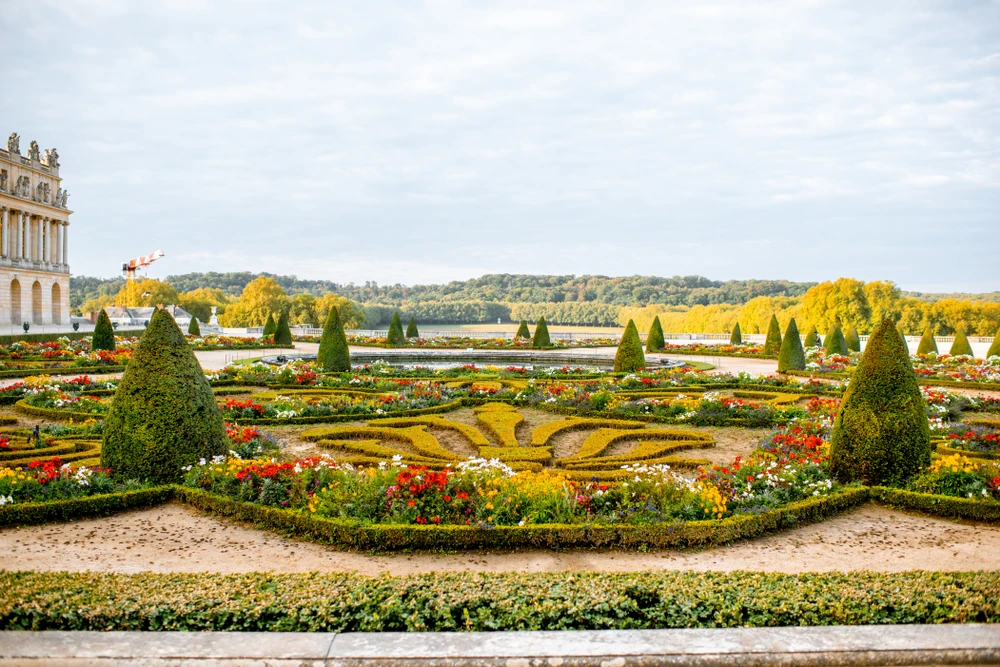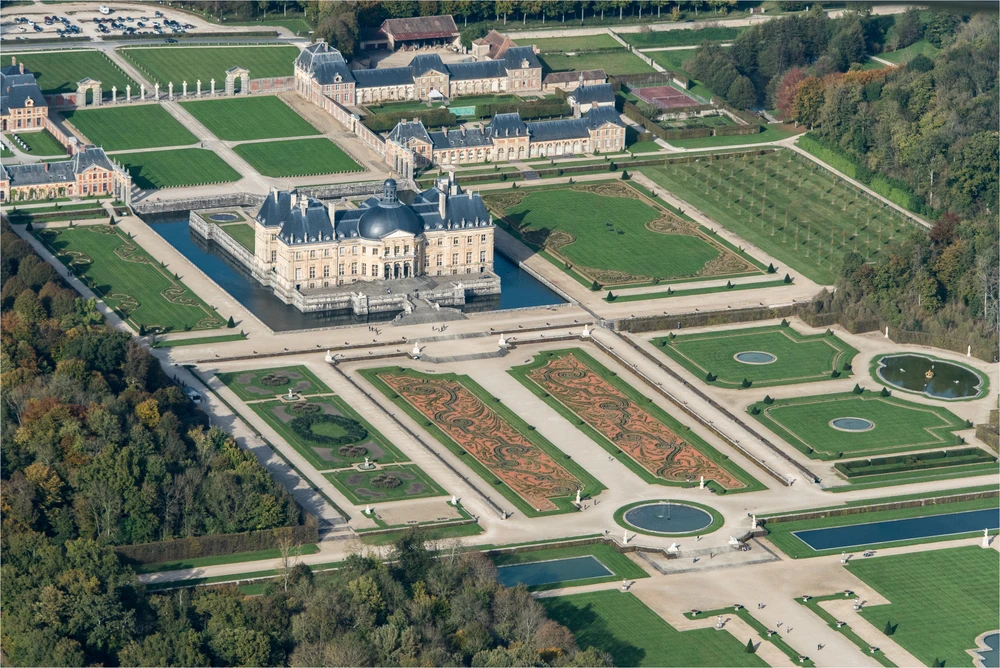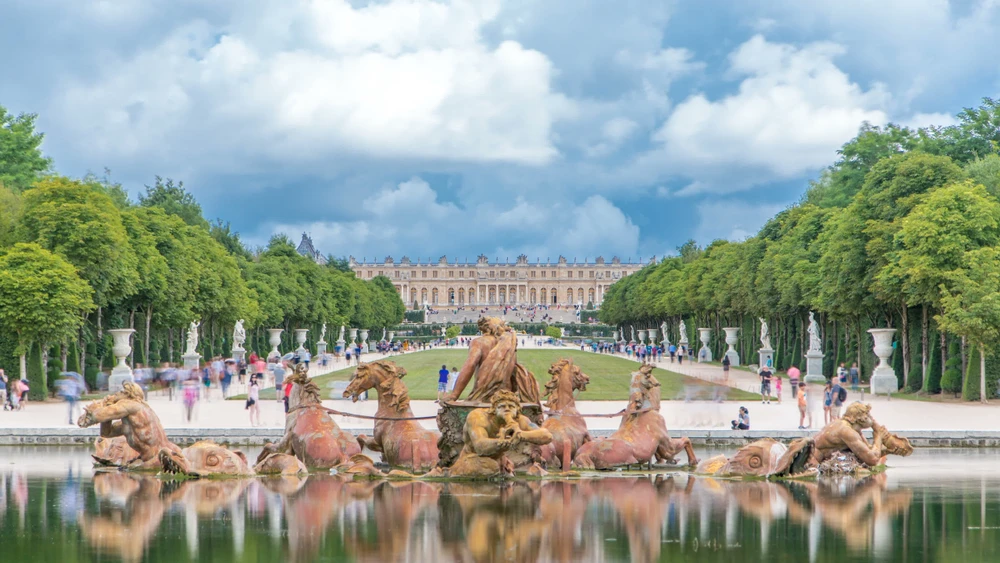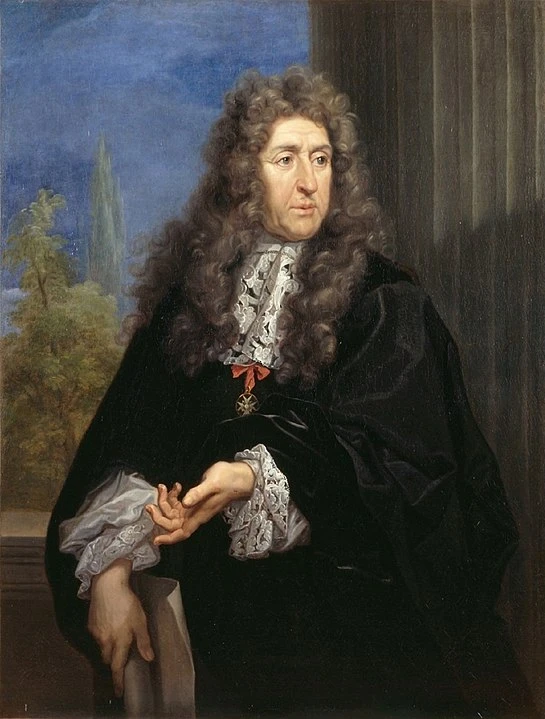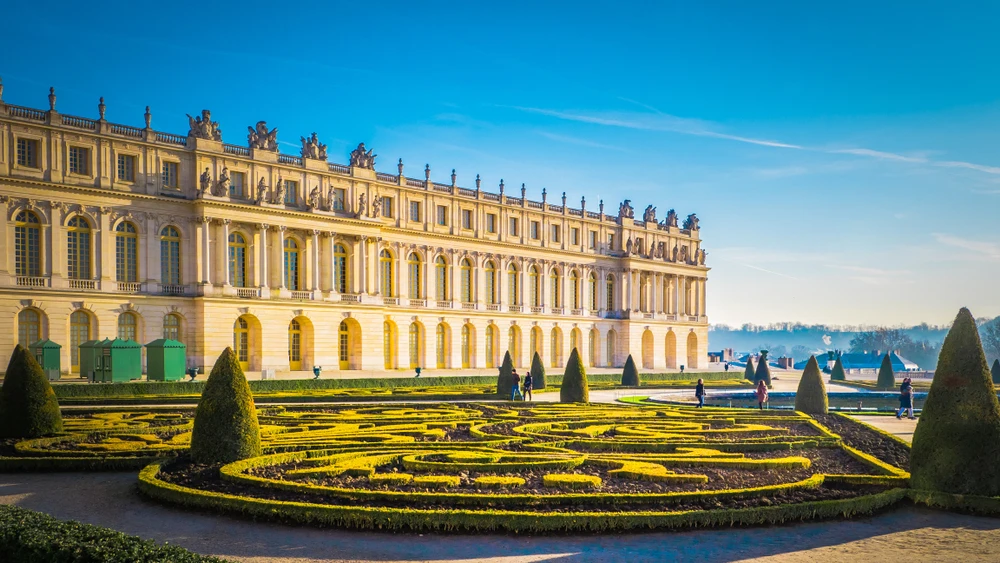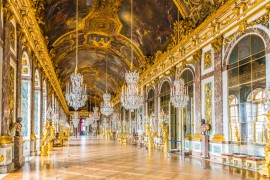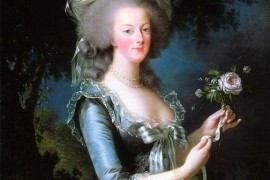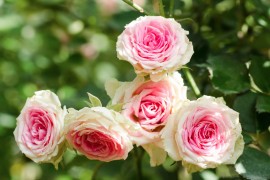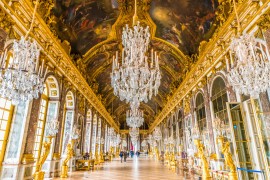A childhood in the heart of the royal gardens
André Le Nôtre was born in Paris on March 12, 1613, into a family of gardeners already associated with the Tuileries. His father, Jean Le Nôtre, worked there as the king's gardener. From an early age, André learned the art of laying out paths, planting with a chalk line, and harmonizing spaces.
But he also received training as an artist: he took classes with painter Simon Vouet and studied perspective. He became both gardener and landscape architect, capable of imagining gardens as living tableaux.
Les jardins de Versailles / photo RossHelen/Shutterstock.com
Vaux-le-Vicomte: the revelation
In 1656, Nicolas Fouquet, Louis XIV's superintendent of finance, commissioned Le Nôtre to create the gardens at Vaux-le-Vicomte. Alongside architect Louis Le Vau and painter Charles Le Brun, he composed a masterpiece. With its 500 hectares, symmetrical parterres, water features and perspectives, Vaux amazes with its perfect harmony. On August 17, 1661, Louis XIV was dazzled. A few days later, Fouquet fell from grace, but Le Nôtre became the king's gardener.
Les jardins de Vaux le Vicomte / photo Francois BOIZOT/Shutterstock.com
Versailles: the worksite of a lifetime
From 1661, Le Nôtre worked on Versailles. The site is marshy, but he turns it into a grandiose setting, designed to impress. More than 36,000 workers take part in the construction. Le Nôtre traces long axes that start from the château: the perspective unfolds for kilometers, all the way to the Grand Canal, 1,670 meters long. Groves conceal verdant theaters, vegetal ballrooms, animated fountains. The embroidered parterres, seen from the Hall of Mirrors, form perfect designs. At Versailles, nature becomes a stage, and Louis XIV the absolute stage director.
Jardin and Château de Versailles / photo Kirill Neiezhmakov/Shutterstock.com
👉 Also read: Visiting Versailles, what to see absolutely
Chantilly, Saint-Cloud and other masterpieces
Le Nôtre also worked for the great lords close to the king. At Chantilly, he designed basins and water mirrors that interact with the château. At Saint-Cloud, he creates sumptuous gardens for Philippe d'Orléans. He also redesigned the Tuileries in Paris, transforming the space into a royal promenade open to the capital.
A philosophy: the art of perspective
Le Nôtre revolutionized the garden by organizing it like a theatrical set. Everything is calculated: the axes, the proportions, the play of light and shadow. The alignments of trees guide the eye, the fountains surprise, the parterres draw embroideries of flowers and boxwood.
He thus invented the jardin à la française, a model that would be copied throughout Europe, from Potsdam to St Petersburg.
André Le Nôtre / King's gardener
A simple man at the service of the king
Despite his proximity to Louis XIV, Le Nôtre remained modest and humorous. It is said that he joked with the king as with a friend, much to the amusement of the court. He died in 1700, aged 87, having left his mark on France's greatest estates.
Garden and Château de Versailles / photo Vivvi Smak/Shutterstock.com
FAQ André Le Nôtre
Who imagined the gardens of Versailles ?
André Le Nôtre
Who was André Le Nôtre in French history?
André Le Nôtre (1613-1700) was Louis XIV's gardener, inventor of the French garden and creator of Versailles.
What is André Le Nôtre's style?
Le Nôtre is famous for the geometry, perspectives, embroidered parterres and fountains that define the French garden.
What famous gardens did André Le Nôtre create?
He designed Versailles, Vaux-le-Vicomte, Chantilly, Saint-Cloud, the Tuileries in Paris and royal gardens throughout Europe.
What role did André Le Nôtre play at Versailles?
He designed and directed the gardens of the Château de Versailles for over 30 years, mobilizing 36,000 workers and creating the Grand Canal.
Why is André Le Nôtre considered a garden genius?
Because he transformed nature into a royal setting, turning the garden into an instrument of power and an artistic masterpiece.
What influence did André Le Nôtre have in Europe?
His style inspired many gardens, from Potsdam in Germany to Peterhof in Russia, setting the French standard.

